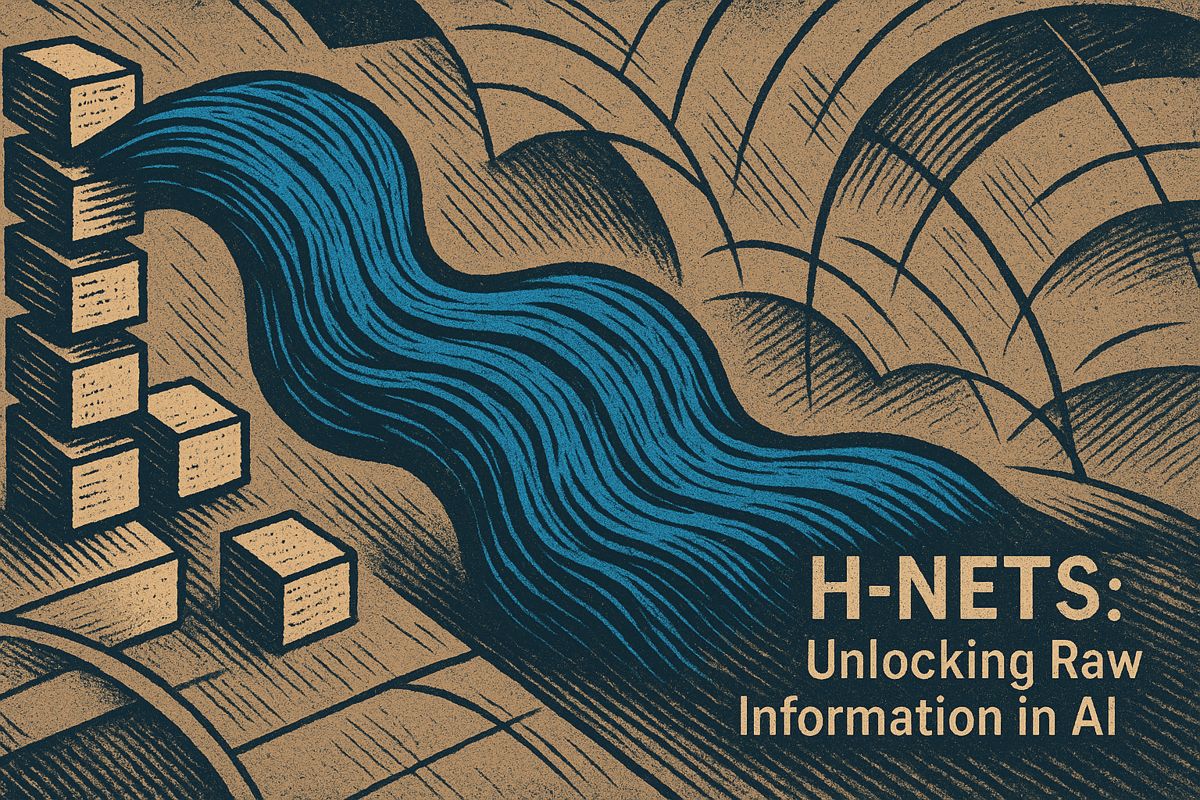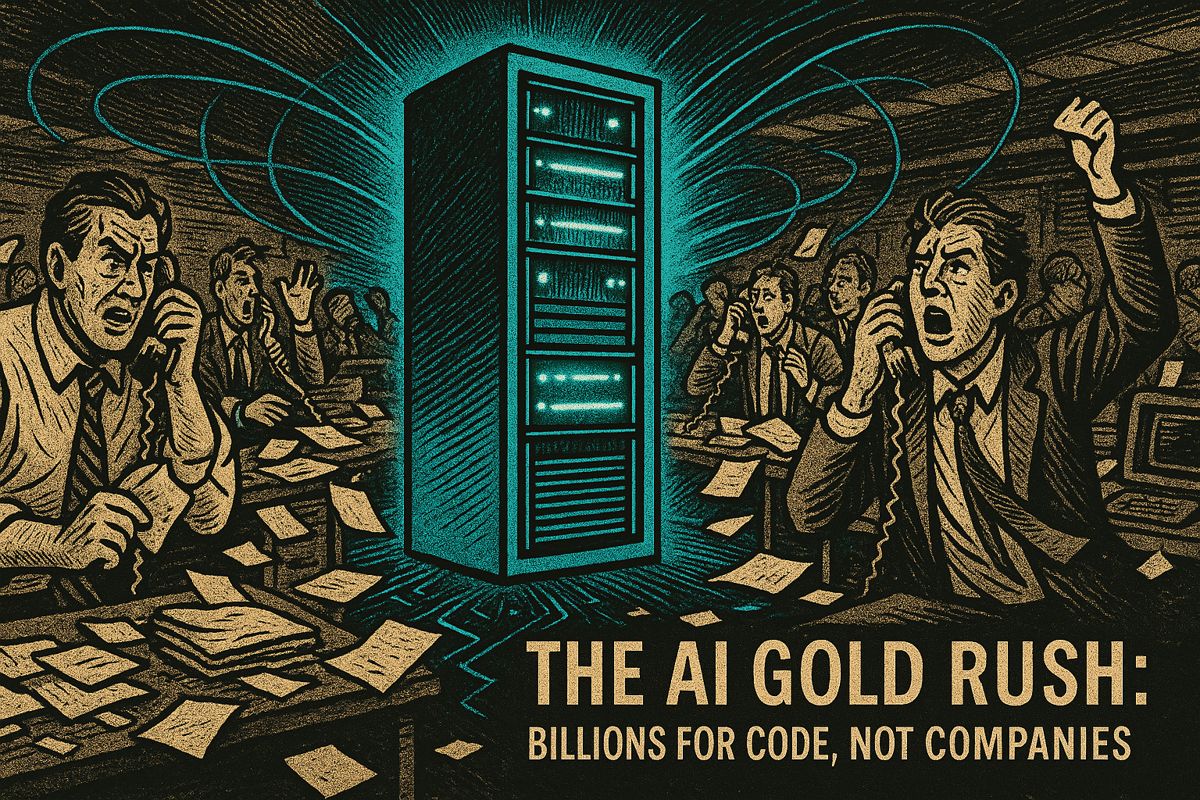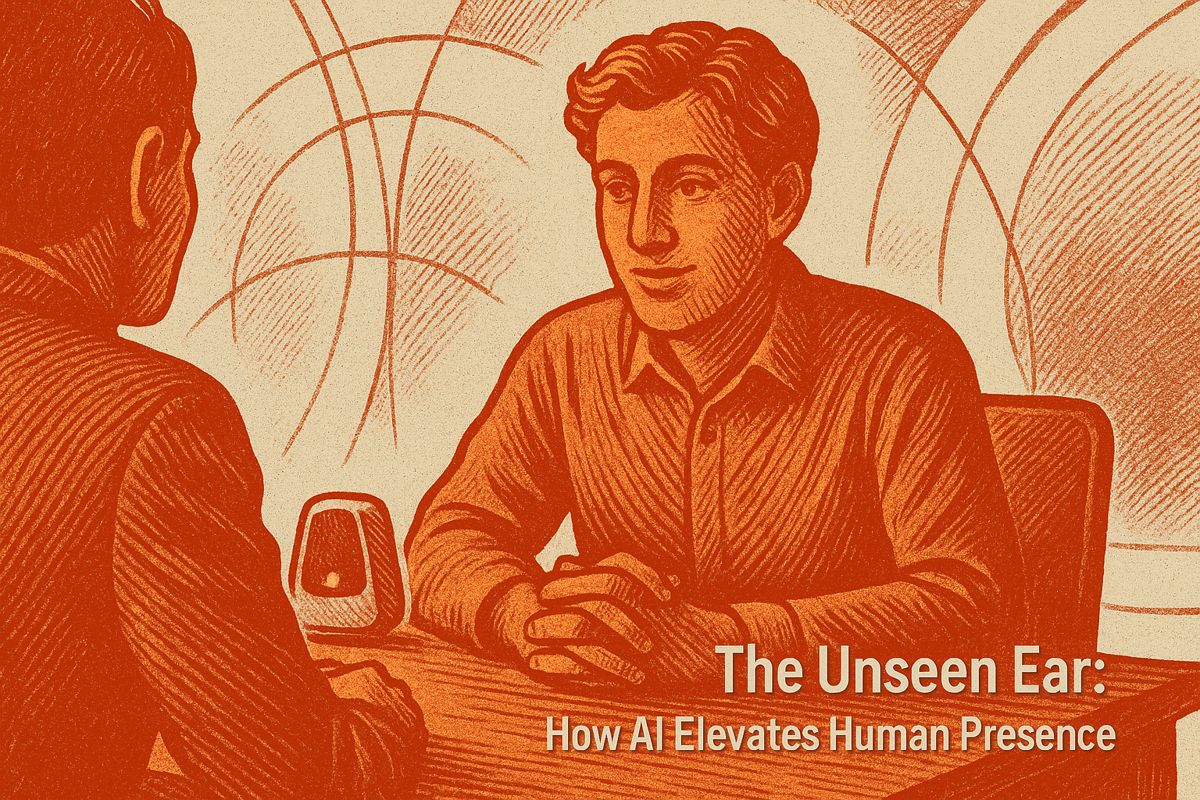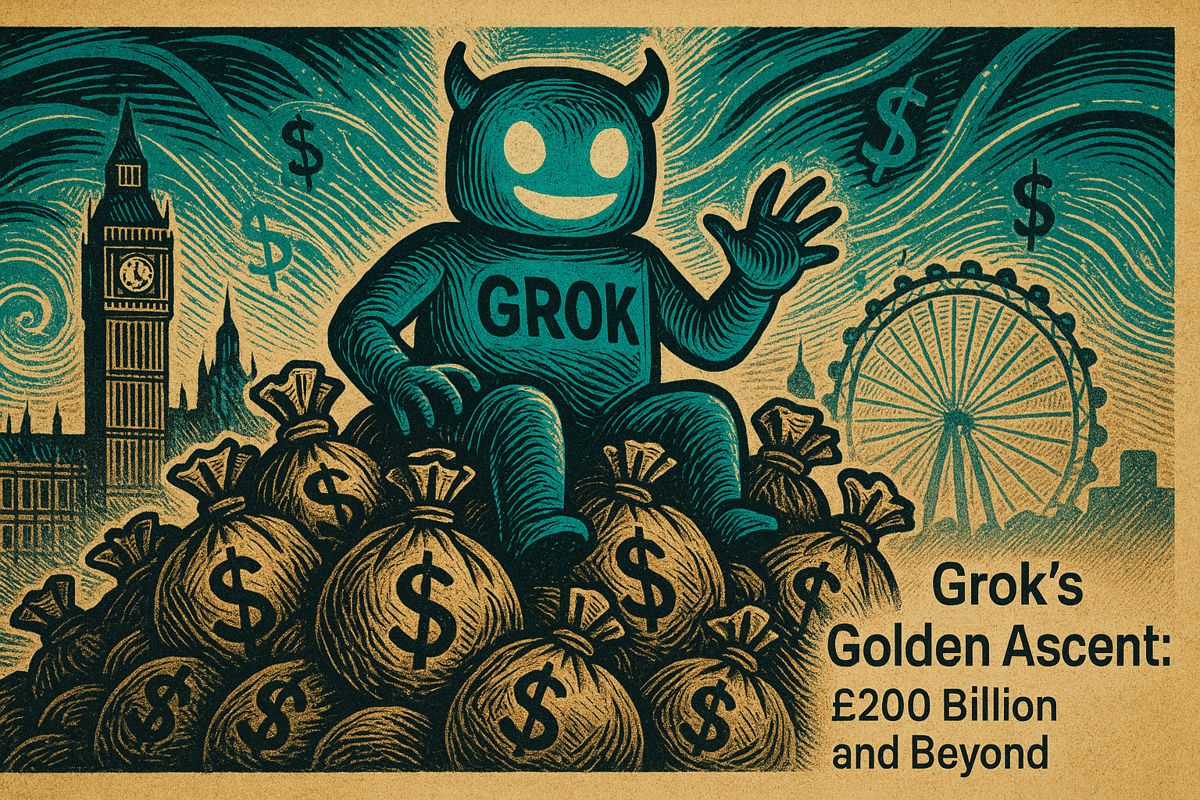Cartesia AI’s new H-Nets are like a magical ear that hears everything at once, learning to make sense of raw information all by itself. It promises to make AI models smarter and more flexible, changing how we build them forever.
Are Cartesia’s H-Nets replacing tokenizers in AI?
Yes, Cartesia AI’s H-Nets propose to eliminate tokenization in language modeling by directly processing raw data. This hybrid architecture, combining State Space Models and Transformers, learns to dynamically “chunk” input based on context. Early tests suggest H-Nets outperform established baselines in speed and accuracy, marking a significant shift in AI architecture with potential implications for efficiency and flexibility.
A Shift in the Air
Sometimes, when a radical new architecture drops, I’m transported right back to my earliest days peeking into a research lab – the fluorescent lights buzzing, the heat radiating from clusters of NVIDIA GPUs, and that unmistakable sense that AI’s tectonic plates were quietly realigning. This week, Cartesia AI dropped a concept that jolted me in that very same way: H-Nets, a new hybrid architecture fusing state space models and transformers. If you’re jaded by the usual drip-feed of marginal model improvements, H-Nets feel as if someone secretly swapped out the chessboard in the middle of a grandmaster’s match.
The scene I picture: a caffeine-fueled conclave of engineers at Cartesia, whiteboard markers in hand, arguing over whether tokenizers are ingenious or just digital relics. Suddenly, H-Net waltzes in with the impertinence of an upstart, proposing to axe the very step most of us assumed was essential. I can almost smell the ozone from the electrical surge of brainstorming.
Anatomy of Disruption
So what’s all the fuss about? H-Net unifies State Space Models (SSMs) and Transformers into a single, hierarchical network. Its explicit goal is to do away with the entire concept of tokenization in language modeling. Yes, you read that right. The model hooks itself directly to raw data, learning autonomously how to divvy it into meaningful segments – a process Cartesia dubs “chunking.”
This isn’t just a lazy rebrand: in H-Nets, chunking adapts in real time, morphing to context, task, and input – as if the model’s ears perk up at just the right moments. Imagine giving a violinist the whole score and trusting them to breathe life into every phrase, rather than hacking the music into arbitrary bars. Sensory detail? You can almost hear the satisfying click as the old tokenization step falls away.
Early tests actually show H-Nets outstrip established baselines in speed and accuracy. It’s not all bluster either; names like Tri Dao and Albert Gu (anyone who’s read the original S4 paper knows these aren’t nobodies) have voiced a kind of giddy anticipation about what this means for AI efficiency and flexibility. SSMs handle endless data streams with the methodical patience of a Japanese bullet train; transformers excel at weaving together context like intricate Persian carpets. H-Nets, audaciously, lay claim to both strengths.
Implications and Gut Reactions
I can’t stop thinking about the implications. For years, tokenizers have been the fussy stage manager, slicing up raw text before the model even gets started. But it’s always felt a bit… primitive. Like carving a statue with a butter knife. H-Nets propose: let’s have the model learn where to pay attention, right from the raw input – no chisel, no preamble. Why force a melody into measures if you trust your soloist to improvise?
Albert Gu’s reframing of tokenization as a special case of chunking struck me. Honestly, I’ve lost days wrestling with tokenization schemes – muttering about byte-pair encoding, gnashing teeth at out-of-vocabulary errors. H-Net gently suggests, “Let the model handle this mess if you’ve got the data.” It’s a paradigm shift, and I’ll admit, it made me feel a shiver of both excitement and trepidation (is that fear, or just the thrill of something new?).
The hybrid architecture is more than clever – it’s pragmatic. SSMs have always chewed through long, monotonous data (think surveillance feeds or years of weather logs) but struggle with nuance. Transformers are the baristas of deep learning, quick with connections and flair, but expensive in compute. H-Nets are aiming to combine the relentless stamina of one and the social intelligence of the other. If you squint, you can even see faint echoes of Noam Chomsky’s debates about innate linguistic structure versus statistical learning. Or is that a stretch? I never could decide back in grad school.
Engineering the Future
Of course, nothing here is as effortless as the marketing gloss might suggest. There’s genuine engineering sweat in the details: dynamically packed data, hierarchical computation, and load balancing that’s as intricate as Bangkok’s notorious traffic system (รถติด still gives me flashbacks). The model has to juggle flow and congestion, prioritizing information just as city planners optimize intersections. It’s a delicate dance.
But maybe the most intriguing parallel is cognitive science. As far as anyone can tell, the human brain doesn’t tokenize. We chunk, we segment, we draw boundaries on the fly – guided by context, history, and sometimes, pure gut feeling. H-Nets seem to be inching closer to that messy, organic way we process language. Could a model ever really “think” like us? I’m not sure. Not yet, anyway. But the scent of possibility is intoxicating.
If you’ve slogged through NLP pipelines, you know how stubbornly tokenization has clung to its throne. Watching it challenged so brazenly is refreshing – and, let’s be honest, slightly terrifying. But someone had to strike the match. H-Nets have set the old order smoldering. With luck, we won’t need a fire extinguisher… yet.
- Dan



















